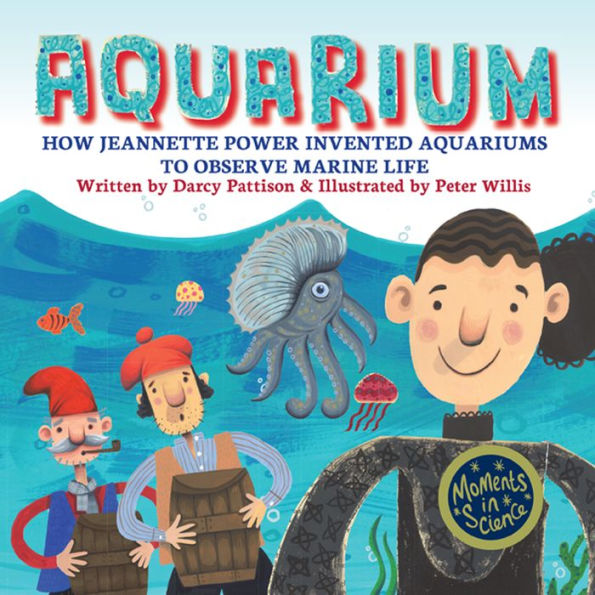2023-05-24
Pattison relates the life of French marine biologist Jeannette Power (1794-1871) in this children’s illustrated biography.
Power is famous for inventing aquariums, which enabled her to study “a 4-inch long octopus, the Argonauta argo.” The researcher, who was born Jeanne Villepreux in Juillac, France, journeyed to Sicily in Italy to marry her fiance in 1818. Her fascination with the sea inspired her to study live marine creatures. To keep them alive for any significant length of time, they needed fresh seawater and food; the scientist first tried using glass vases with cork lids and later designed “simple glass cages,” among other things, to study the Argonauta argo, beginning in 1832. These allowed her to observe the octopuses for hours. For more than 10 years, Power observed more than 1,000 octopuses in her aquariums. Through their use, she was able to do an experiment to observe how the octopuses repair their own broken shells, which hadn’t previously been witnessed by humans before. Power effectively opened up a window to the sea so that “others could be captivated by the sea and its creatures.” Pattison’s biography provides engaging information about a relatively little-known figure and her innovations in marine studies, and it does so in a manner that’s likely to appeal to kids. Along the way, the text effectively elucidates the steps of the scientific method, including prediction, observation, analysis of data, and formulation of a conclusion. Willis’ full-color, painterly illustrations are detailed, vividly hued, and clearly enhance the events of the text. Appendices with further information on the “World’s Weirdest Octopus,” the science of oceanography, and other topics add further interest. Overall, young readers will be sure to enjoy this colorful tale of Power’s innovative spirit.
A fine introduction to experimental observation for young readers.



